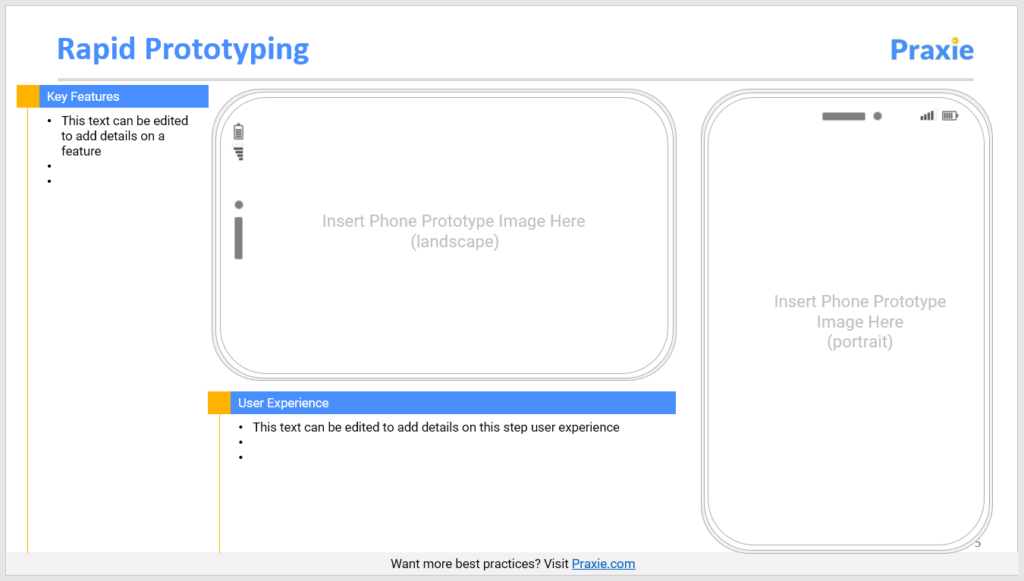The conference room was abuzz with energy, teams of individuals were crowded around 6 circular tables, all of them were rapidly filling out post-it notes and sketching ideas on pieces of white paper. Once time ran out, each member called out their idea and the ideas were tacked to the walls around the room. Only then did our in-house sketch artist come up to sketch out prototype designs for each new concept or idea brought forth by the group of manufacturing executives.
While the process was indeed collaborative and engaging, it wasn’t best suited to the world we live in now, virtual and collaborative over thousands of miles, rather than a few feet. What’s more, the process required planning and preparation in order to develop prototypes which would work for the team and the organization. As an innovation consultant with over 20 years of experience, I see the struggle to come up with lots of ideas quickly as one of the major barriers to driving innovation in a business. That’s where the power of the Rapid Prototyping Tool comes in.
What is Rapid Prototyping, and what are best practices, tools and templates for teams and organizations?
Rapid Prototyping can be useful in any industry or sector, from automotive to healthcare to government. The process can be used in both product and service development and can benefit from a variety of different perspectives and points of view.
At its core, Rapid Prototyping involves creating a sketch or designing a mock-up of a product, service or process that doesn’t currently exist but may be selected for development and launch at a later date. These prototypes can be developed in any number of ways, from rudimentary sketches to 3D computer generated mock-ups and even a 3D printed working version of a product that is yet to be mass produced.

There are many ways to develop and create mock-ups for imaginative prototypes and products. Some of these tools that assist in rapid prototyping are Computer Aided Design (CAD), 3-D Printing and CNC Machining for physical products. There are also other tools and techniques for testing early stage ideas including concept templates, workflows, customer experience maps, the business model canvas, story-boarding, and others.
The Rapid Prototyping Tool
While there are many prototyping templates designed to help with the creation and ideation of prototype ideas, the Rapid Prototyping tool I helped create on Praxie, a platform for automating business processes by creating online tools and apps for driving innovation, is one of the best available for collaborating with your team to produce great results.
You can access the tool freely as a download here. It’s simple to use and is based on best practices I’ve gathered in the 3 decades I’ve spent as a strategic business consultant. Praxie’s digital platform goes far beyond other software tools by including progress dashboards, data integration from existing documents or other SaaS software, elegant intuitive designs, and full access on any desktop or mobile device.
About the Author

Soren Kaplan is the bestselling and award winning author of Leapfrogging and The Invisible Advantage, an Affiliate at the Center for Effective Organizations at USC’s Marshall School of Business, a columnist for Inc. Magazine, a globally recognized keynote speaker, and the Founder of Praxie. Business Insider and the Thinkers50 have named him one of the world’s top management thought leaders and consultants.